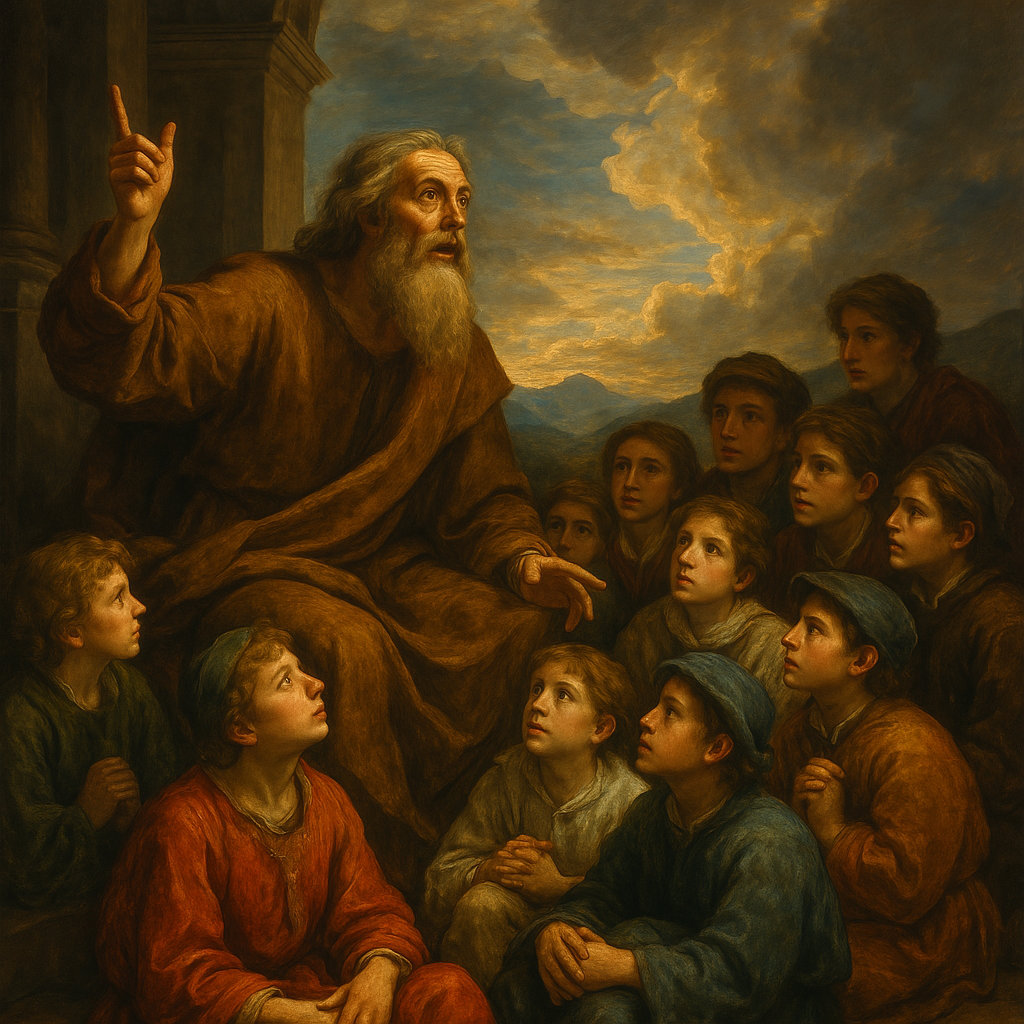
We live in a world where humans are the primary instruments of control of our surroundings.
That means that if you want to change the landscape, or even your own life,
You need to have people who would get that job done or facilitate that or not produce too much friction.
And to have those people on your side, you need to qualify for it.
Your justifications qualify you.
And the fascinating situation about humans is that we do not care about good or bad as long as there is acceptable justification for it.
The point is context matters a lot to us.
And that is because these context trigger the biases in us.
In Robert Sapolsky’s book : Behave.
He explains how warm blooded and cold blooded makes the whole difference between what is acceptable to us and not.
A cruel act which is warm blooded i.e has a good justification to it is more acceptable to us.
Than cold blooded act of kindness.
Thus justification is what everything hinges on.
The why.
Thus, story is the most valuable thing in the human existence.
The most convex thing in existence.
And stories don’t just exist in the abstract.
They need vessels to carry them.
We will call these vessels story dispensers
The mediums through which narratives travel and take form.
From a whispered rumor to a global news broadcast, from a tweet to a blockbuster film
These dispensers multiply the reach and resonance of a story.
Some dispensers are intimate, like conversations that shape personal beliefs.
Others are expansive, like social media platforms that amplify voices to millions.
And just like stories, dispensers are judged not on truth, but on their ability to justify their presence.
A story told through a respected newspaper justifies itself with authority.
A story told through an influencer justifies itself with relatability.
The more aligned the dispenser is with the biases of its audience, the more potent it becomes.
Thus, the success of a story is not just about its content, but about how well it is dispensed.
Because stories are not merely told
They are distributed, echoed, and reframed.
And in this chain of echoes, a well-chosen story dispenser can turn a whisper into a roar.
AI can also make stories.
Even fake stories are valuable to us.
That’s why we adore fiction characters.
It’s not about real or fake. ai or human.
It’s just stories that triumph.
Stories make a person, not the other way around.
Or rumors or defamation wouldn’t be a thing.
So the single most important thing that emerges, the most convex thing is story.
Stories are everywhere.
They’re how we figure out who we are.
How we decide what matters.
How we make sense of the world.
Nations rise and fall on stories.
Cultures shift because of them.
Investments flow because of stories.
(Not even kidding there is something that’s just called The Indian Growth Story.)
One powerful story can spark a movement, while another can tear everything down.
And yet, the tools we use to tell these stories change all the time.
From campfires to screens.
But the need and potency?
That stays the same or grows even larger.
Because humans don’t just want facts.
We want why.
We crave context. Meaning. Justification.
And no amount of tech will change that.
As long as we’re human, we’ll keep chasing stories.